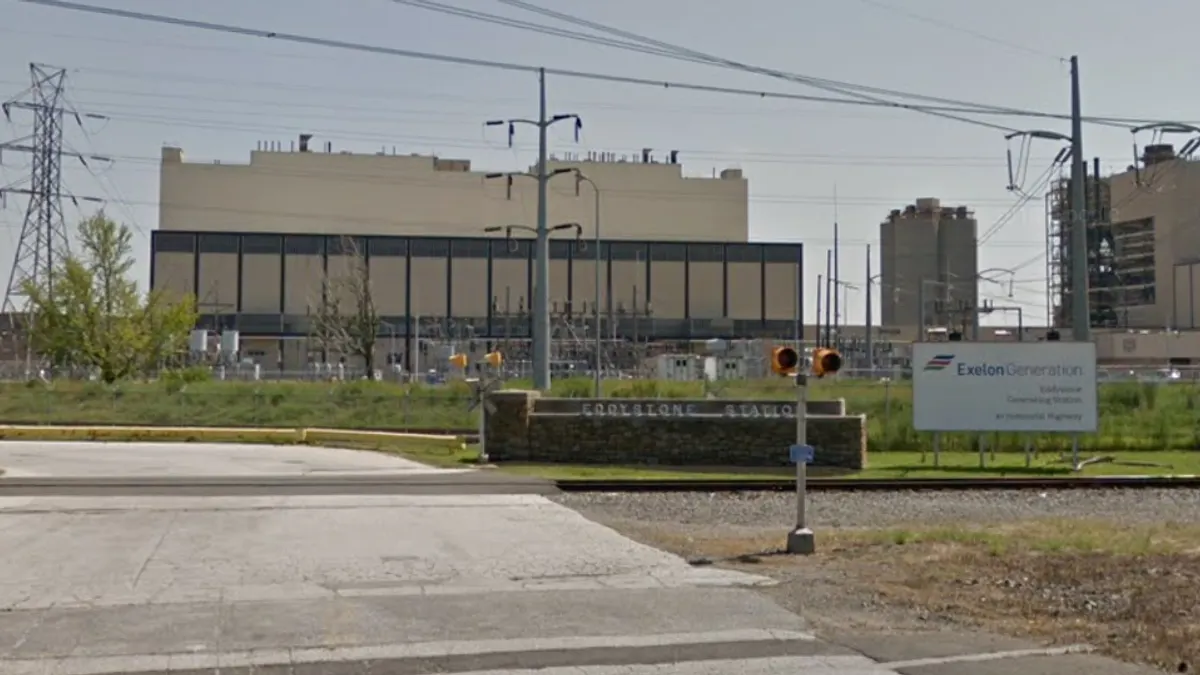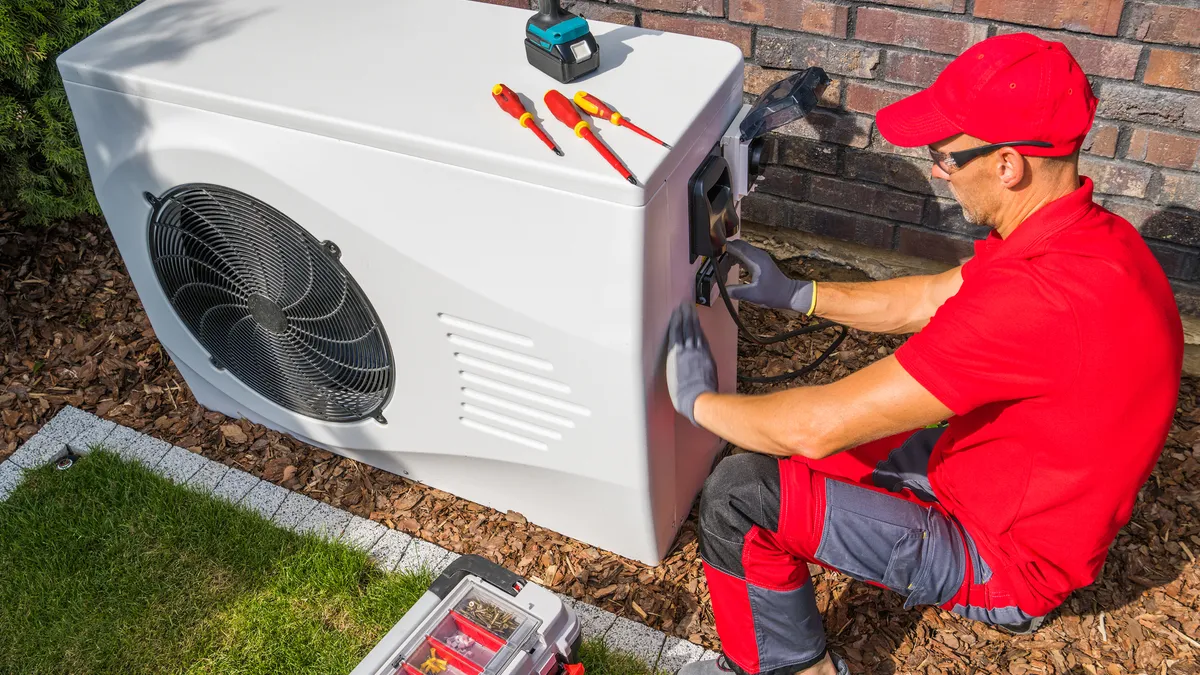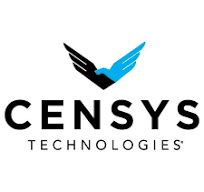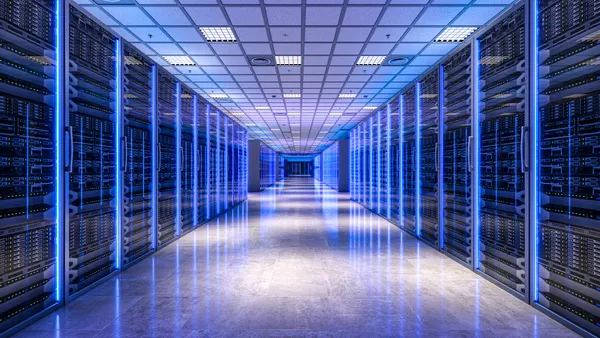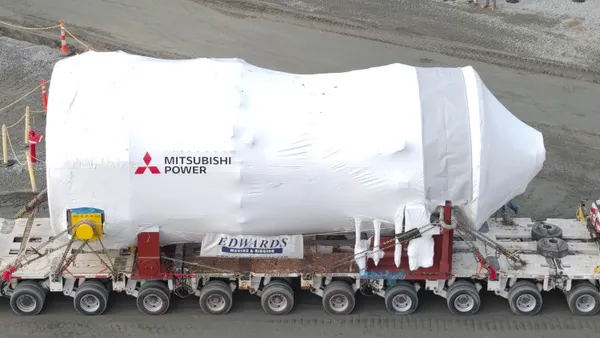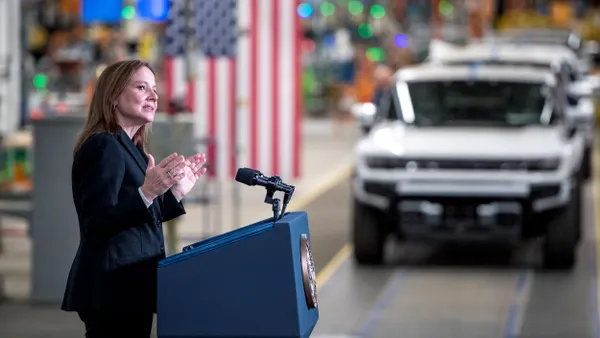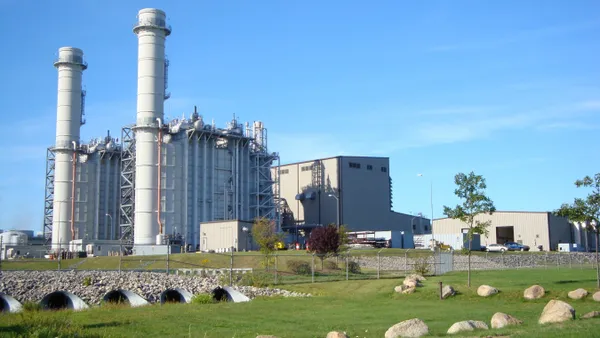Dive Brief:
-
The Interstate Renewable Energy Council (IREC) is launching a project aiming to resolve regulatory and technical barriers to connecting storage projects on the distribution grid, by simplifying the interconnection process for solar-plus-storage and standalone storage projects.
- “In many states, if you propose a system with solar-plus-storage, the rules about how to interconnect to the grid are not at all clear. That creates a lot of uncertainty for developers, which increases costs and may scare them away from certain markets,” IREC President and CEO Larry Sherwood said in a statement.
- Unlocking the potential of energy storage is often hampered by existing interconnection protocols, Nadav Enbar, program manager at the Electric Power Research Institute (EPRI), told Utility Dive in an email. “Evolving standards and certifications are not yet fully formed to address some of the unique characteristics of energy storage,” Enbar said.
Dive Insight:
“While most states have established interconnection policies that govern the interconnection process for solar, far fewer have directly addressed energy storage in their interconnection policies,” an IREC spokesperson told Utility Dive in an email.
The three-year Building a Technically Reliable Interconnection Evolution for Storage (BATRIES) project will deliver a roadmap in its first year and a toolkit in its second, followed by an industry and regulatory outreach and education effort.
In addition to EPRI, IREC’s partners on the project include the California Solar & Storage Association, Energy Storage Association (ESA), investor-owned utility PacifiCorp, law firm Shute, Mihaly & Weinberger LLP, New Hampshire Electric Cooperative Inc., and Solar Energy Industries Association.
“The interconnection rules and processes were designed before distributed storage was widely available,” Jason Burwen, vice president of policy for ESA, told Utility Dive in an email.
“Also, rules around interconnecting to the grid are different in every state, which adds to the confusion. The toolkit is expected to provide some relief to this problem,” according to Burwen.
Energy storage differs from other distributed energy resources (DER), according to IREC, because customers can control energy export to the grid from energy storage systems, and systems can be designed to limit or prevent energy export altogether. However, some best practices for analyzing the grid impacts of energy storage are still emerging.
A handful of states have begun to address storage interconnection issues to varying degrees, according to IREC. Those states include Arizona, California, Maryland, Nevada and New York. Minnesota and North Carolina have touched superficially on storage interconnection issues, while other states have not addressed them at all.
The project will address a number of interconnection-related challenges, including clarifying procedures for systems that are non-exporting or have limited export capabilities, coordinating updates to codes, standards and guidelines and gaining a better understanding of safety protocols around storage.
The Department of Energy’s Solar Energy Technologies Office has provided the majority of the funding for the project, according to IREC'S spokesperson. The project’s partners contributed existing resources to cover the remaining costs, which are 20% of the grant amount. The cooperative agreement provides $1.3 million for the project.
The project partners plan to complete the roadmap by March 2021, establishing the scope of issues to be addressed in the toolkit. The toolkit will be released in April 2022, according to IREC, following reviews for input prior to release of the final version.
The project’s team expects to have educated and trained regulators and utilities in at least 35 states about the project and toolkit by the three-year project’s end.



